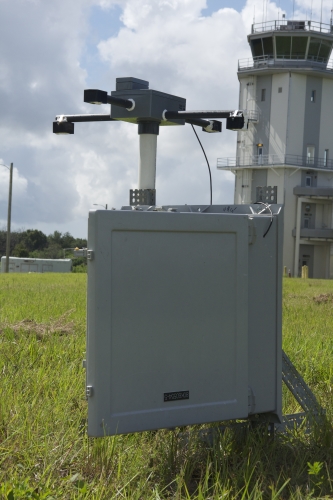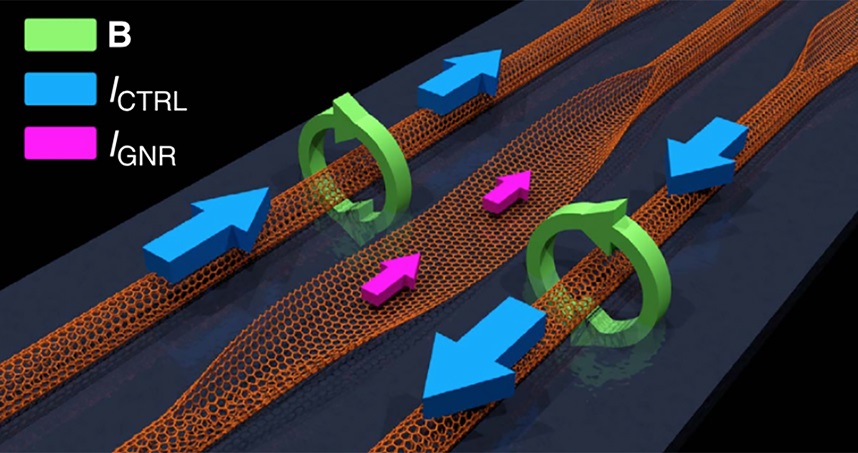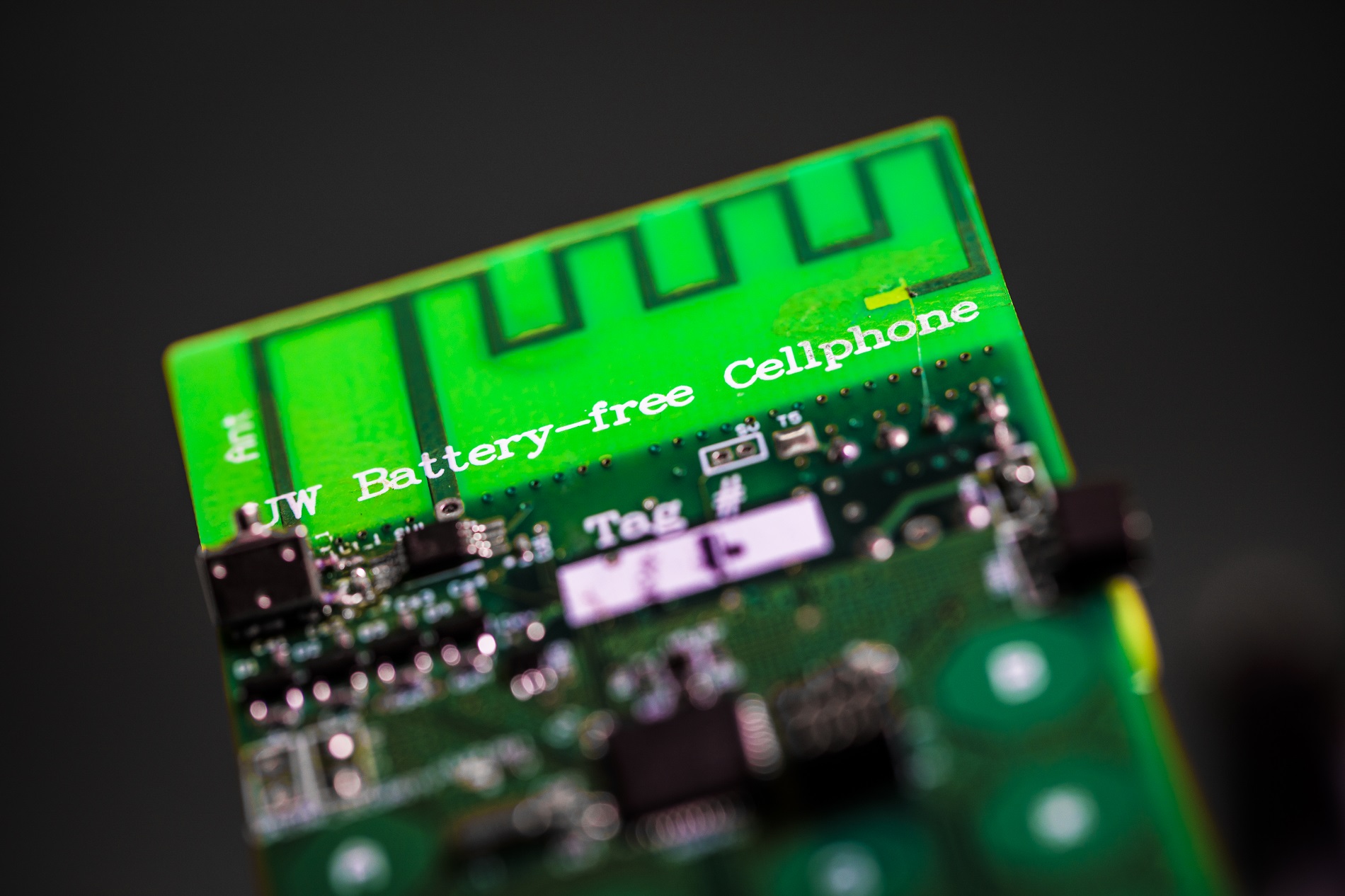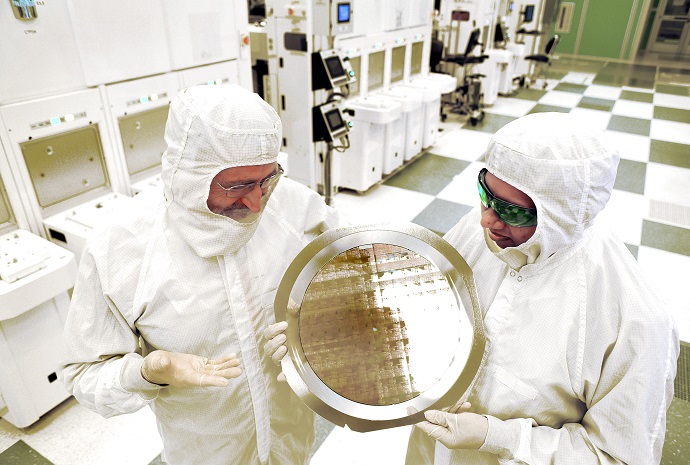AUGUST 21, 2013
DURHAM, N.H. — AIRMAR Technology Corporation, a Milford-based manufacturer of electronic sensors, is collaborating with Plymouth State University Professor of Meteorology James Koermer to prove the viability and effectiveness of a portable lightning sensor that would accurately detect and measure the lightning type, direction and range to an atmospheric lightning event.
The collaboration is made possible by a Granite State Technology Innovation Grant from the NH Innovation Research Center (NHIRC) to support projects under development in the private sector. Projects vary from proof-of-concept to a substantial product or process design. Companies are required to provide matching dollars or services in an effort to improve leverage of NHIRC dollars.
“Independent testing at a university is invaluable to verify the feasibility of this type of new product,” said Kenneth Rolt, chief scientist at AIRMAR. “The funding provided by NHIRC gives us access to university resources to evaluate the performance and accuracy of the sensor using ground truth equipment and measurement tools are essential to success. The results, if favorable, will be the accuracy selling point that positions us as the leader in meteorological sensors.”
Data from existing systems are primarily available from a few privately-owned networks that require costly subscriptions.“AIRMAR knows the market is ready for a low-cost, stand-alone portable sensor that would fill the permanent or temporary needs for airports, meteorology and forecasting, transportation, agriculture and other affected industries and activities that need accurate lightning detection,” said Koermer.
“Nearly every new product AIRMAR has developed since 1982 has reached commercialization, even recently through the slow economic recovery,” said Marc Sedam, executive director of the NHIRC. “The advanced lightning sensor would further drive the success of AIRMAR’s existing WeatherStation product line, and would require significant resources to support this growth. The New Hampshire economy will benefit directly by AIRMAR’s product development in the form of increased job creation and – as the company broke ground on a new building last fall - expanded manufacturing capabilities.”
The NHIRC was created in 1991 by the New Hampshire Legislature to support innovations through industry and university collaborations, thereby increasing the number of quality jobs in the state.
A request for proposals is now open and will fund 12-month projects beginning January 1, 2014. To learn more about the NHIRC and how to apply for funding, visit http://www.nhirc.unh.edu.













